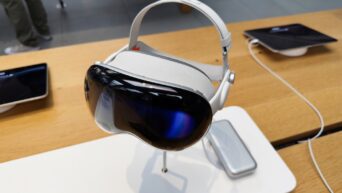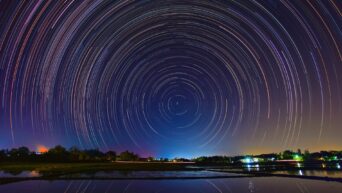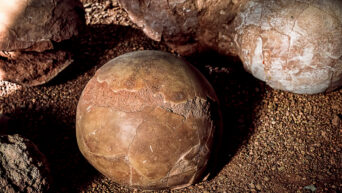Who says science can’t be whimsical?
The first time you ate cotton candy as a kid, did you happen to wonder what it would be like if the world was made of cotton candy? It’s a cute thought, but obviously a planet can’t be made of cotton candy. How would you even walk on it? And if it rained, the whole thing would melt! But even if a planet can’t be made of cotton candy, it can be made of something pretty close.
Last week, the Hubble Space Telescope got a good look at the exoplanets of the Kepler 51 system. Kepler 51 was discovered back in 2012 and initially believed to be just another ordinary gathering of celestial objects. However, in 2014, it was discovered that Kepler 51’s planets have an incredibly low density. These exoplanets, nicknamed “super-puffs,” are giant puffy balls with a planetary density not unlike that of cotton candy. One of them is nearly the size of Jupiter, yet it weighs almost a hundred times less. What could be in these cosmic furballs?
Based on the Hubble’s new observations, NASA has made a few educated guesses. As it turns out, the planets actually have a normal mass at the center not too much bigger than Earth. The “puffiness” is actually extremely high levels of hydrogen and helium in their atmosphere. The Hubble used infrared scanning to look for signs of things like water in the clouds, but couldn’t find a single drop. There was, however, a smorgasbord of salt crystals and photochemical hazes, kind of like on Titan.
Scientists estimate that in a few billion years, the heat of local stars will cause the puffiness to dissolve. I guess I forgot about cotton candy’s third nemesis: the summer heat.

































